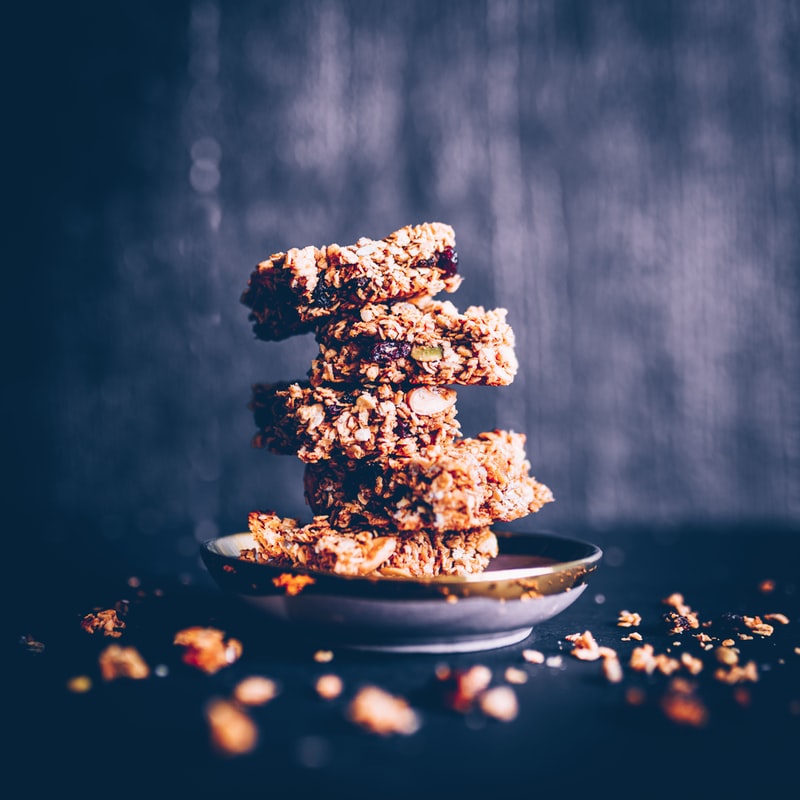WHAT IS COLLAGEN?

Collagen is an important structural protein found in animals. Essentially, it holds the body together and gives strength, structure, elasticity and cohesion to bones, skin, muscles, tendons, ligaments and cartilage.
There are different types of collagen in the body. Type I collagen is made up of very long, densely packed fibers that provide tensile strength to ligaments, tendons, and skin. On the other hand, the fibers in collagen type II are shorter, which allows the cartilage to absorb impacts between the bones and cushion the joints. So it is an essential substance for maintaining good physical health.
As we age, the body produces less collagen, leading to visible signs of aging like lines and wrinkles. This is because there is less collagen, which provides elasticity and structural support to the skin. In order to prevent skin aging, an additional supply of collagen is essential and indispensable for the body.
Collagen (typically the skin and bones of fish, pigs and cattle) is the raw material from which products such as gelatin and collagen peptides are made.
What are collagen peptides and how does collagen hydrolysis work?
Collagen peptides are short chains of amino acids extracted from native (full-length) collagen via a process called enzymatic hydrolysis (also enzymatic hydrolysis).
The native collagen (e.g. cowhide) must therefore undergo a softening process that allows the collagen peptides to be released from their bonds and extracted safely. At the molecular level, collagen consists of three long chains of amino acids that form a triple helix with a high molecular weight. As a result, the collagen peptides are entrapped in a tough and insoluble matrix of collagen fibers.
The collagen then goes through a process called enzymatic hydrolysis. Here a specific enzyme is used to break down the peptide bonds so that the collagen peptides can be extracted. The degree of hydrolysis has an impact on the average molecular weight of the end product.



